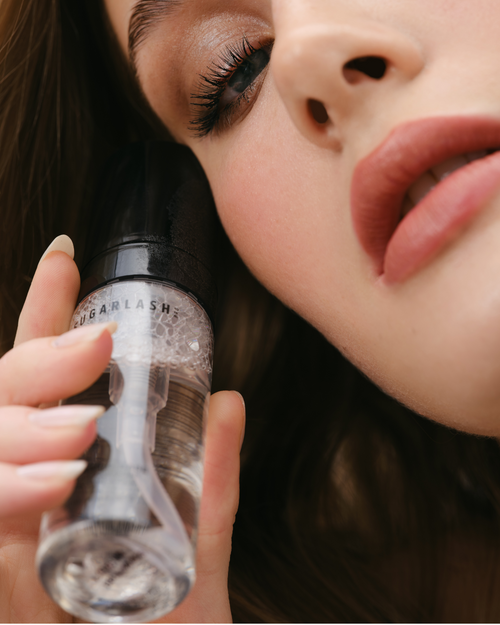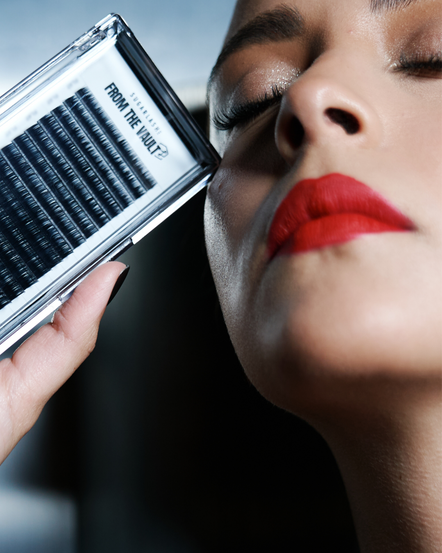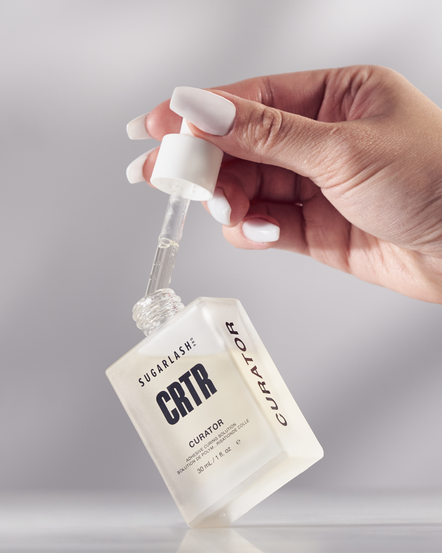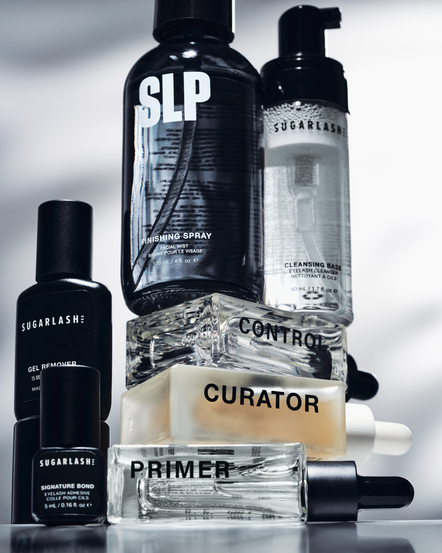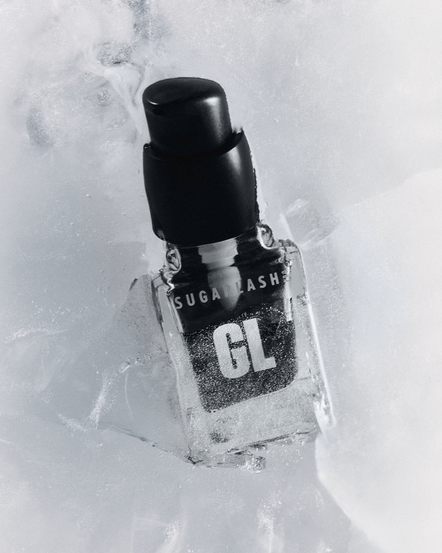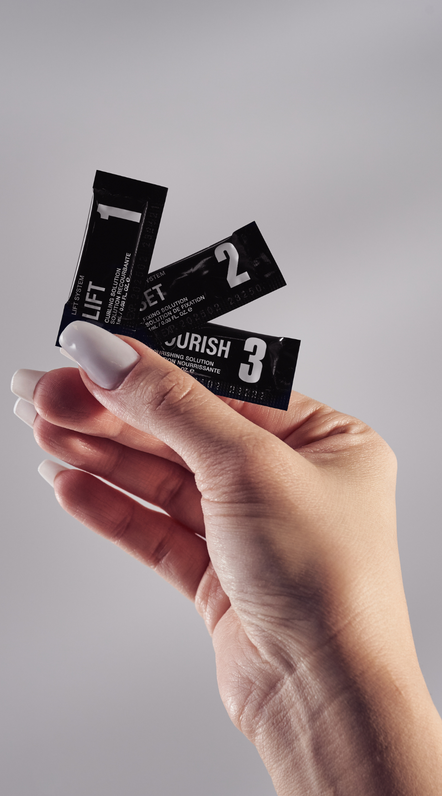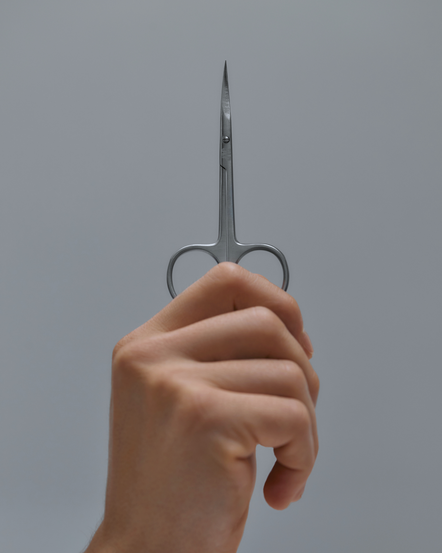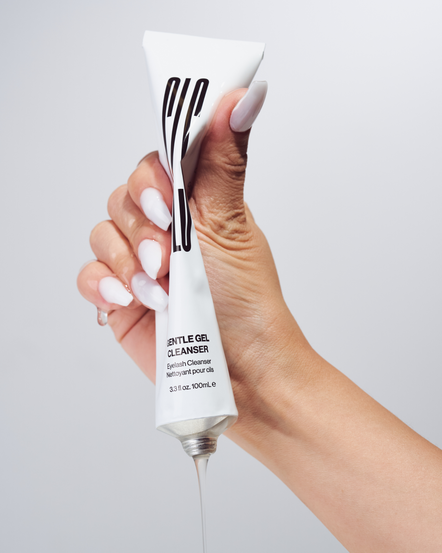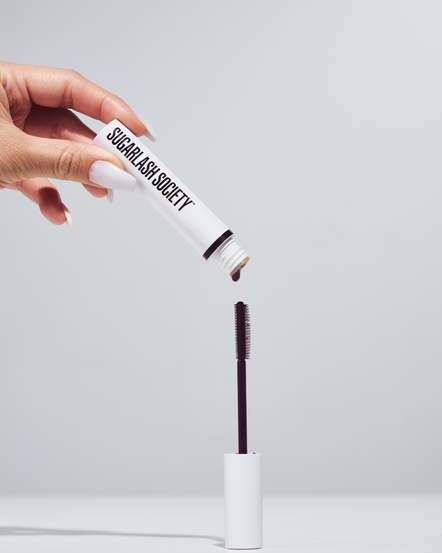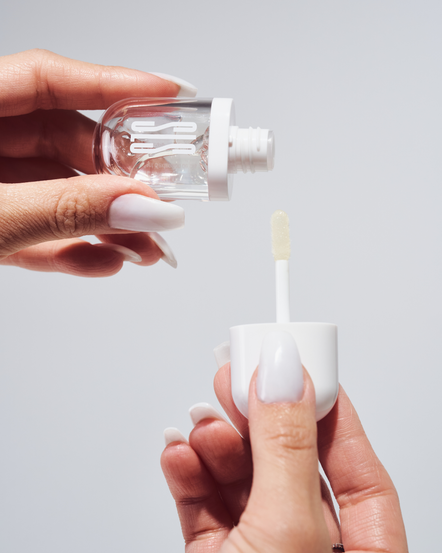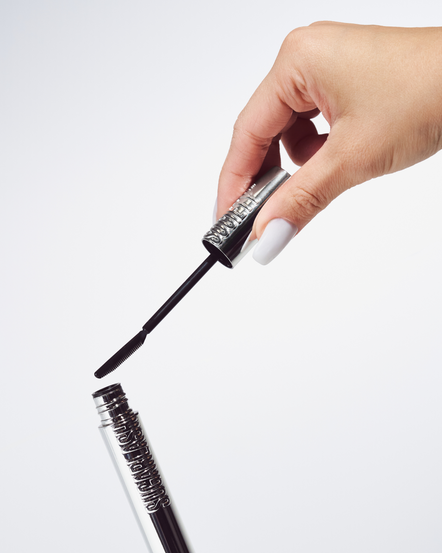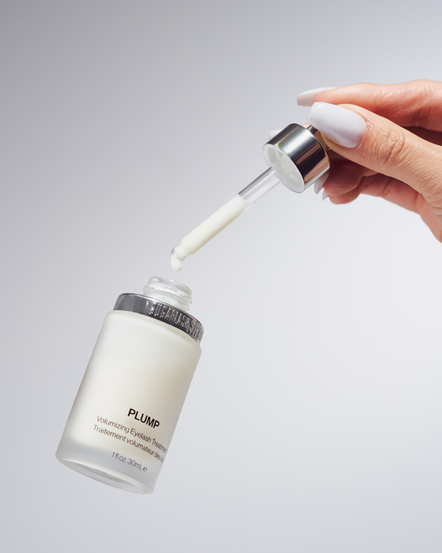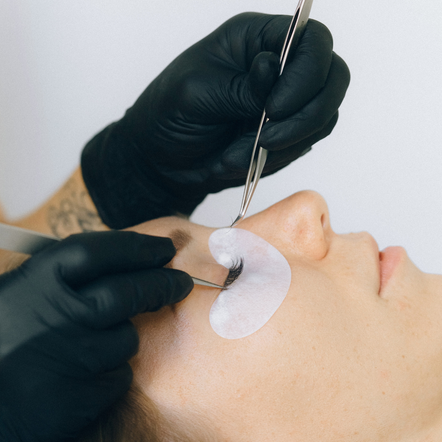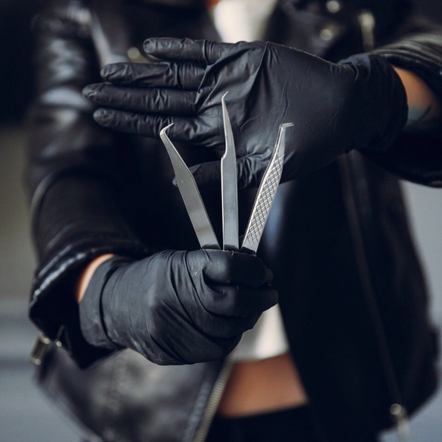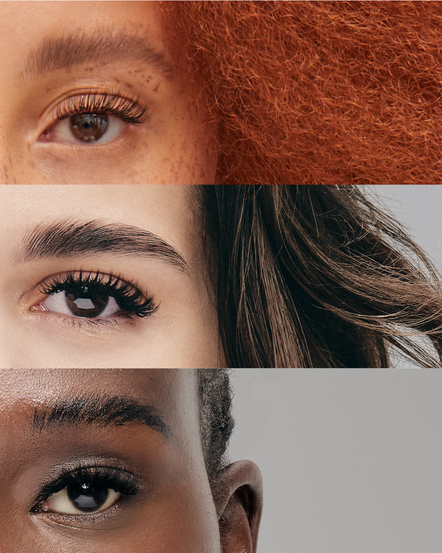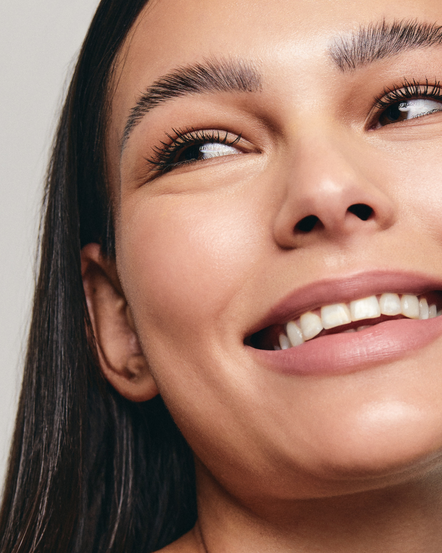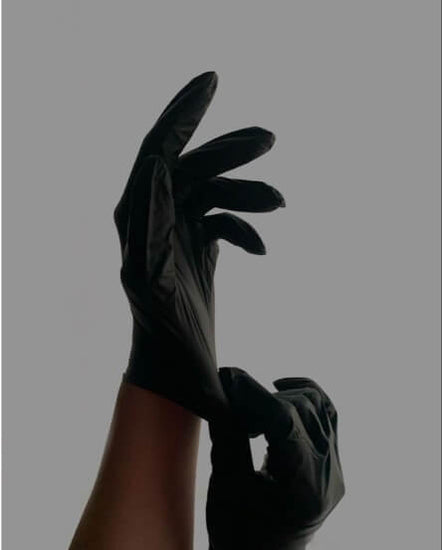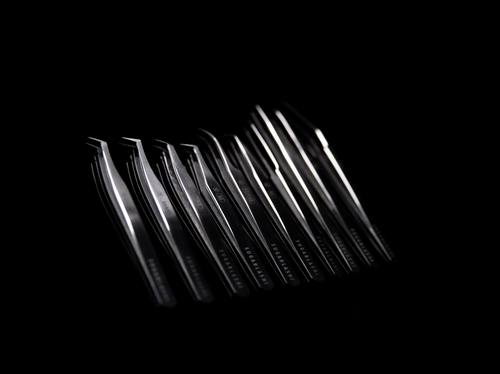No, white lash extensions are not the hot new trend this season (but hey, never say never, right?). The white eyelashes we are talking about here are natural eyelashes. Believe it or not, sometimes eyelashes can just start turning white, seemingly out of nowhere. This can be a nightmare for our clients, who are already looking for the perfect lashes.
Eyelashes can turn white for many reasons, from natural causes to medical conditions or genetic disorders. Whatever the reason, it can be a bit scary or unnerving.
If you have a client who comes to you with this dilemma, don’t be surprised or concerned, as it is actually fairly common and can happen to anyone. You are in a unique position to put your client at ease and reassure them that what is happening has nothing to do with their eyelash extensions or related products.
It is a good thing to understand and be able to address client concerns while explaining to them possible causes for the situation.
The really fantastic news is that you will be their new best friend: you can help them by giving them lashes that will boost their confidence and make them feel more like themselves again.
Most importantly, you will want to make sure that the client who is in this predicament understands that this most likely has nothing to do with their lash extensions, but rather that this is completely unrelated to any lash treatments they have been doing.
What Causes Natural Eyelashes To Turn White?
You have probably heard of the term melanin. Melanin is the naturally occurring pigment that determines the darkness of our skin and hair. Similar to the hair on our heads and the skin cells on our bodies, our eyelashes and eyebrows are tinted by these melanin cells.
However, there are some things that can cause melanin cells to stop functioning properly, which is when hair becomes translucent and starts to appear gray or white.
We all know that this can be a side effect of aging. Still, when the hair on our heads starts to turn gray or white, eyelashes usually don’t.
Which brings us to: what are the root causes (pun intended) of this alleged problem?
First and foremost, let’s look at the potential culprits that could be causing your clients all of this stress and concern.
Vitiligo
Vitiligo is a skin disorder that causes a loss of the pigment melanin in the skin and hair. One thing that many people do not know is that melanin is constantly being broken down and replaced, and as such, it needs to be replenished by something called melanocytes.
Melanocytes are specialized skin cells that produce melanin and are found in the epidermis, the outermost layer of skin. Fun fact: that dark birthmark on your arm? That cute little guy exists because of an increased density of melanocytes, causing increased melanin production.
When someone has vitiligo, however, the opposite happens. The process of melanin production and distribution gets disrupted. Again, it’s important for your clients to understand that vitiligo is its own separate condition and has nothing to do with their lash extensions.
Sometimes vitiligo can be treated, but if your client has questions or concerns, it’s best to direct them to consult their doctor or seek out a dermatologist.
Blepharitis
Another possibility is that your client may be experiencing blepharitis. Blepharitis commonly starts as the formation of styes, redness around the eye area, flaking skin around the eyes, and if it reaches the advanced stages, loss of pigment in the eyelashes.
This condition is typically a result of poor eye hygiene and irregular functioning of the oil gland. All the more reason for your clients to make a quality lash cleanser part of their aftercare routine.
You’ve probably heard before that some clients are nervous to touch their extensions too much. This, of course, is a good thing. We all know the frustration of having clients who are constantly picking at their lashes.
However, some can take it too far and not clean their eyes and eye makeup as thoroughly as they did before they got their extensions. Though the lash extensions themselves are not the culprit, poor client hygiene is. We don’t want our clients to blame our gorgeous work, so advocating for proper aftercare is vital!
If your client comes to you with what presents as blepharitis in the early stages (before lashes begin to turn white), you can help them by guiding them through proper aftercare! Instruct clients to continue to regularly clean their lashes, and if they develop styes to use warm compresses. Having beautiful lashes is important, but even more important is the health of your clients’ eyes. It will put them at ease to know that you are putting their health first and not just worrying about aesthetics.
How Can White Eyelashes Be Treated From a Medical Standpoint?
For a client who cares about the appearance of their lashes, the idea of their natural eyelashes turning white can be stressful. Thankfully, because of the fact that there are treatment options, you are someone who can provide some confidence-boosting reassurance.
While it is never a good idea to position yourself as someone offering medical advice, it is certainly helpful to tell your client that the two most common problems are not life-threatening or serious. You should always suggest to your client that seeking the help of a medical professional is the first step, but telling them what you know may ease their minds a little.
If a client has vitiligo, there are a variety of treatments. The caveat is that typically these treatments, which are designed to alter skin cell pigmentation, tend not to work on white lashes.
Blepharitis can be treated by the aforementioned warm compresses at home, but it’s also a good idea to see a doctor. There, a medical professional can help with cleaning the lids of the eyes, applying topical creams, and figuring out the best eye lubricant to use.
If your client presents with white eyelashes, whether or not they are concerned, it is a good idea to tell them that seeing their doctor is the best way to know the root cause of their lash appearance.
What Can We Do as Professional Lash Techs?
Our role in advocating for our clients’ health, as well as beauty, is an important one. We want to make sure that we are maintaining the highest possible standards not only in our work but also in our ethics.
As such, if your client is suffering from blepharitis, they may need to take a little break from their extensions until they are all healed up. While this can be a disappointment for them and can also seem like a tough pill to swallow as a businessperson, it will benefit everyone in the long run. Your client will know that they can trust you, and when they are ready for a new set they will come running back to YOU for that work!
Though extensions may need to take a backseat for a short time, if your client has blepharitis, a lash lift and glaze may work for them.
If your client has vitiligo, either from birth or developed later in life, lash extensions are only one great option for them. Depending on the state that you operate in, you may be able to offer a lash glaze or tint. This trend has picked up in the past several years, and clients with light lashes especially love it.
Some states have very specific regulations when it comes to lash tinting, so check out your state’s rules and regulations before pursuing this option in your salon.
You can put your clients’ minds at ease by using a tint of glaze that is safe and effective. The Sugarlash PRO GLAZE is absolutely perfect for those clients with brittle or light-colored lashes, so it will work wonderfully for those with white eyelashes.
Not only is GLAZE an effective product that is offered in both black and brown, but it is also carefully formulated with ultra-nourishing keratin to help strengthen and condition your clients’ lashes. Offering lash lifts with GLAZE is a fantastic option for those clients who may be apprehensive about the upkeep of extensions, or whose eyes simply want a break from them.
Some clients who have white eyelashes may actually be more interested in a lash lift with tinting than in extensions, and it’s great to have another service that you can offer to them.
Conclusion
At the end of the day, everyone (regardless of sex, gender, race, or ability) just wants to feel good in their skin. Having eyelashes that suddenly turn white can really shake a person’s confidence, but you can offer solutions and get them back to feeling beautiful!
Sources:
Why Are My Eyelashes Turning White?| Reference.com
